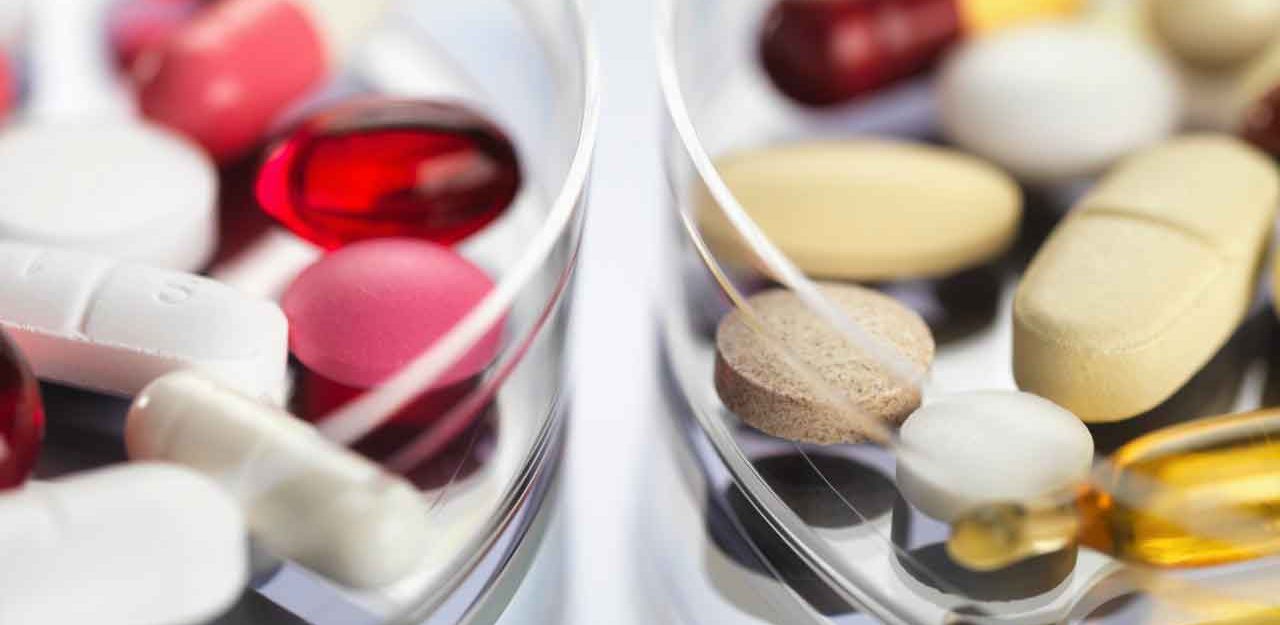How to Prevent Antibiotic Resistance

While researchers develop new antibiotic drugs to stay ahead of antibiotic resistance, here's how to prevent the growing problem: Use medicines more wisely.
Pathogens that standard drugs can’t fight are spreading, threatening lives. They include bacteria, viruses, fungi, and parasites.
Antibiotics fight bacteria. Before the arrival of COVID-19, the public health campaign against antibiotic-resistant infections in the United States was winning: They dropped by almost 20 percent.
But the coronavirus, which pushed medical services to their breaking point, erased that progress and made things worse.
You can be part of the solution. But it helps to understand the problem more thoroughly.
YOU MIGHT ALSO LIKE: 8 Cold and Flu Myths
What is antibiotic resistance?
Antibiotic resistance occurs when germs no longer respond (become resistant) to antibiotics designed to kill them. Instead, the germs continue to grow.
When penicillin was introduced in the early 1940s, it revolutionized medicine and saved millions of lives. Prescriptions for penicillin and the wave of antibiotics that followed turned once-deadly infections into minor complaints.
The meat industry used antibiotics to prevent deaths of livestock as well.
Yet decades of routine use created a new problem.
“Every time antibiotics are used in any setting, bacteria evolve by developing resistance. This process can happen with alarming speed,” said Steve Solomon, MD, who spent years leading the effort at the Centers for Disease Control and Prevention (CDC) to reduce antibiotic overuse.
These “superbugs” kill. Each year, nearly 3 million people in the U.S. get antibiotic-resistant infections, and more than 45,000 die, according to the CDC.
Around the world, perhaps 5 million people die when antibiotics fail to control E. coli, methicillin-resistant Staphlyococcus aureus (or MRSA), and gonorrhea, among other diseases.
Often those illnesses attack hospital patients weakened by age, other conditions, or surgery. Such difficult infections have been spreading beyond hospitals.
In addition, using antibiotics too frequently can affect your gut balance, making you vulnerable to overgrowths of Clostridiodes difficile (also known as C. diff), which can lead to deadly diarrhea.
Drug-resistant fungus infections, usually a form of Candida, or yeast infection, are also on the rise; they are fought with other kinds of drugs called anti-fungals.
New technologies to overcome resistance
As the number of resistant pathogens rises, researchers have been looking for solutions.
Instead of developing new antibiotics, which hasn’t happened for 30 years, researchers are focusing on creating ways to stop the processes that cause microbes to become resistant.
At Monash University in Melbourne, Australia, researchers have applied nanotechnology, which acts on the tiny atomic scale, to disrupt the outer membrane of superbugs and make it possible for smaller doses of antibiotic to be effective.
A group at Washington University in St. Louis, Mo., have identified a protein in superbugs that alerts them to change their membrane to resist the effectiveness of an antibiotic. The next step would be to develop a way to disable that system, like a burglar that turns off the alarm system in your house.
At Rice University in Houston, Texas, researchers uncovered a genetic mechanism by which bacteria not only become resistant to antibiotics but also pass their resistance on to other bacteria. They hope their discovery will lead to a new generation of drugs that can halt the resistance process.
“Our lab does a form of evolutionary reconnaissance into how bacteria will become resistant in the future,” said biochemist Yousif Shamoo, PhD. “The pharmaceutical industry and other labs can use this information to develop drugs to stay ahead of the pathogens.”
Some new antibiotics under investigation use “decoys” to combat resistance. Bacteria have multiple methods — including enzymes — to attack antibiotics and render them useless.
Scientists are developing decoy molecules to trick the bacteria to attack them instead of an antibiotic. Decoy molecules such as clavulanic acid are already being added to the penicillin family of drugs to prevent resistance.
Scientists at the University of Toronto have engineered a chip that can test bacteria for resistance within an hour — far faster than current tests, which take two to three days. Taking a drug that won’t work will just help the bug become more resistant.
How to prevent antibiotic resistance
While public health officials and researchers tackle the issue of antibiotic resistance on a global scale, you can do your part. It’s essential for doctors and patients to avoid overuse to preserve the effectiveness of current antibiotics.
Antibiotics won’t work on viruses like the common cold, the flu, or COVID-19.
Sometimes people develop a bacterial infection in their lungs when they have a virus, but they need a test to be sure.
Don’t demand an antibiotic out of impatience without being tested for a virus. Never take an antibiotic that was prescribed for someone else.
When you do get an antibiotic prescription, follow the directions exactly. Don’t skip doses. Finish the entire bottle, even if you start to feel better. Stopping the medicine too soon could leave some live bacteria behind, which could develop resistance to the antibiotic.
Other ways to prevent antibiotic resistance
- Practice good hygiene to avoid getting sick in the first place.
- If you tend to get sick, wear masks in crowded public places, especially indoors.
- Wash your hands with warm water and soap or an alcohol-based hand sanitizer several times a day.
- Try to stay away from anyone who appears to be sick.
- Disinfect surfaces where bacteria tend to congregate, such as doorknobs, countertops, computer keyboards, and phones.
It also helps to keep your hands away from your eyes, nose, and mouth to avoid giving germs a route inside.
Updated:
December 04, 2023
Reviewed By:
Janet O’Dell, RN